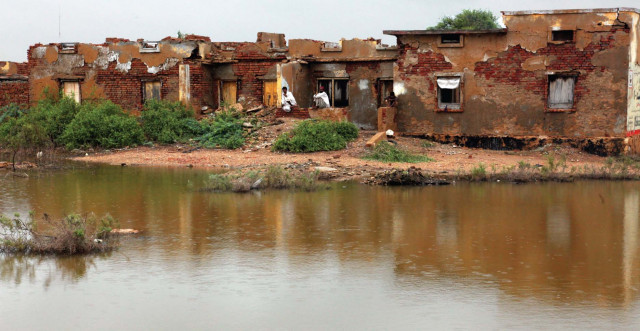
As the year ends, the cold weather in Badin, the worst-hit district by this year’s floods, has compounded the miseries of those who have already lost sources of livelihood, houses, livestock and have little food provided by the government or any non-governmental organisation (NGO). In the makeshift tents by the side of the roads, Badin’s residents have to spend their nights hearing their children cry because of the bitter cold.
Torrential rain started in the second week of August, yet months later, hundreds of villages are still inundated. There appears to be a lack of a proper strategy to bring life back to normal, especially in Badin and Tando Bago.
Conditions are dire in Union Council (UC) Khairpur Gambo where around 100 villages out of 225 are still under water. Malkani Sharif, a small town with a population of about 10,000 souls, is a prime example of the poor management of the disaster. “There are 11 Muhallahs in this town but five of them are still inundated. Sixty percent of houses are damaged and we were given just 80 tents. It is abnormal cold in the area this year. Our senior citizens and children need warm clothes, including blankets. No one sees the poor people shivering,” said Younis Malkani.
While hundreds descended on Badin after the floods, Malkani questions where they have all disappeared to. “We predicted that the weather would be unbearable. They chuckled at us and said we were talking in an unreasonable manner. They should come and spend a day and night with us and estimate how we are surviving.”
Villager Haji Ali Nawaz Malkani said that the weather was taking a physical and mental toll. “We don’t have scientific instruments to measure the intensity of the cold but it is dead cold. If the government cannot provide us basic needs, they should at least take steps to remove the stagnant water. Our children are forced to face such weather. You can just feel the cold for a day or so but can’t stay here for more time,” he elaborated.
“We used to arrange meetings (mach katchehris) during the winter where all villagers assembled around a fire and discussed issues, shared experiences, narrated myths and stories and recited poetry. But those days are gone. I fear that economic conditions and displacement will erode our cultural values.”
Dr Mumtaz Khwaja, a senior medical officer at the Rural Health Centre, Pangrio, told The Express Tribune that the volume of regular patients had dropped. “Several villagers have moved to other places due to floodwater in their villages or some have shifted to other towns of the district permanently. We have not received any serious diseases in these days. Patients with respiratory complaints or normal fever and cold are usual,” he said.
It isn’t surprising that people have moved away permanently. In areas located near the Left Bank Outfall Drain, including Saman Sarkar, Shadi Larj, Dehi, Mithi-III, Baloch Chak, Navy Chak and villages in UC Pangrio, the colour of water has changed to green or yellow with the inflow of toxic chemicals.
Published in The Express Tribune, December 28th, 2011.

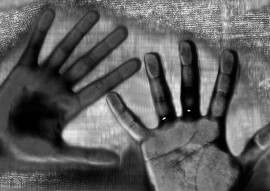

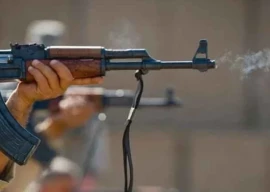
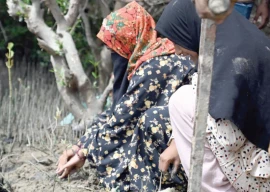
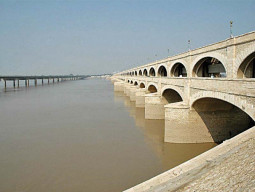

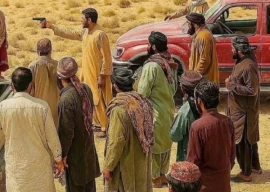

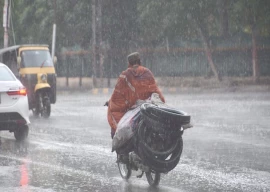
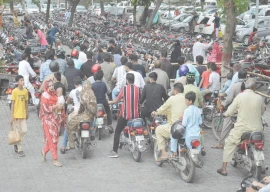






COMMENTS
Comments are moderated and generally will be posted if they are on-topic and not abusive.
For more information, please see our Comments FAQ